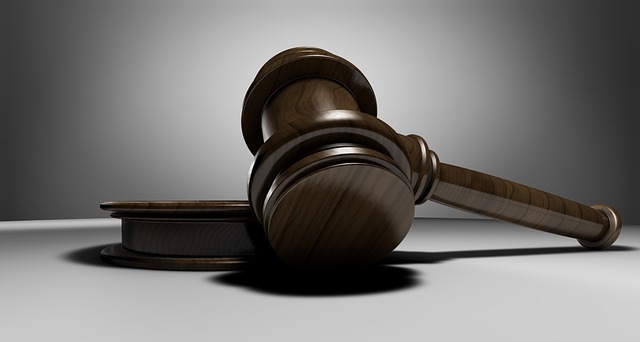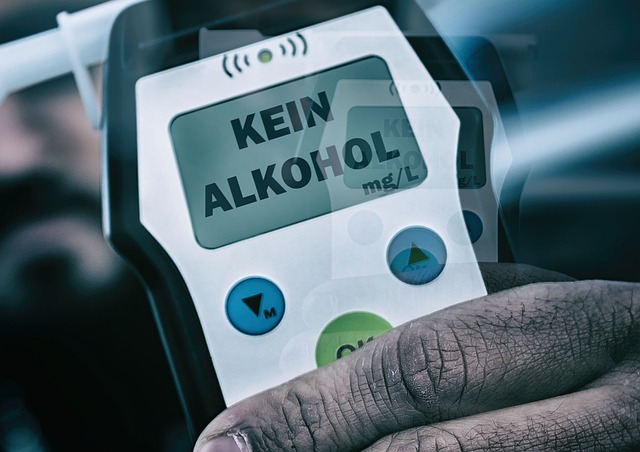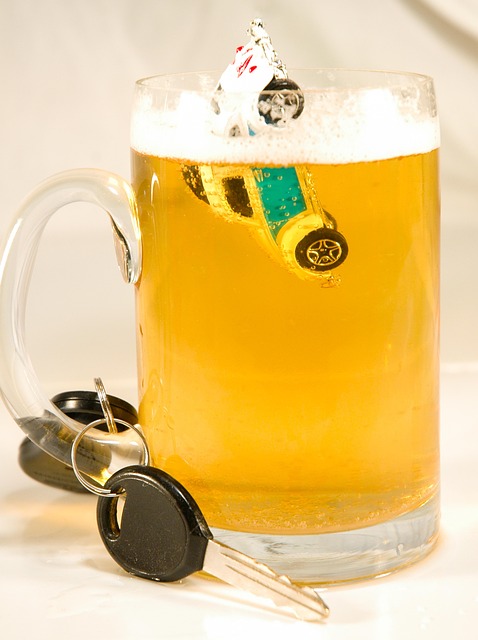Rural vs Urban DUI Laws: Social Media & Legal Aspects Explored

Rural and urban areas differ in DUI regulations due to resource availability and population density……..
In today’s digitally interconnected world, social media has become an integral part of our daily lives, transforming how we communicate, share information, and interact with one another. However, the rise of social media has also brought about unique challenges, particularly in the realm of legal aspects, especially when it comes to driving under the influence (DUI). This article aims to delve into the intricate relationship between social media and DUI legal considerations, exploring their intersection and the implications for individuals, law enforcement, and society as a whole. By examining various facets, from global trends to policy frameworks, we will gain valuable insights into this complex topic.
Definition: Social media refers to digital platforms and applications that facilitate user-generated content sharing, interaction, and community building. These platforms enable users to create and exchange text, images, videos, and other forms of media. DUI legal aspects encompass the laws, regulations, and judicial interpretations related to operating a vehicle while impaired by alcohol or drugs.
Core Components:
User-Generated Content: Social media thrives on content created and shared by its users, including personal experiences, opinions, and information. In the context of DUI, this content can inadvertently reveal evidence of impaired driving through posts, stories, or check-ins.
Data Collection and Privacy: Social media platforms collect vast amounts of user data, including location, browsing history, and communication logs. This data is used for targeted advertising and analytics but also raises privacy concerns when it comes to DUI investigations.
Online Behavior and Patterns: Analyzing user behavior on social media can provide insights into potential impaired driving patterns. For instance, irregular posting times or frequent use of certain terms related to alcohol consumption might be indicative of DUI-related activities.
Historical Context: The rise of social media platforms like MySpace, Facebook, and Twitter in the early 2000s revolutionized online communication. As these platforms gained popularity, law enforcement agencies recognized their potential as a tool for public safety. Initially, officers used social media to disseminate emergency information and locate missing persons. However, as users shared more personal details, investigators realized the platform’s value in identifying potential DUI offenders through suspicious behavior and public disclosures.
The influence of social media on DUI legal aspects is not limited to a single region; it has global implications. Here’s an overview:
North America: In the United States, law enforcement agencies actively utilize social media for DUI enforcement. Platforms like Facebook and Instagram are monitored for posts that may indicate impaired driving, such as risky behavior or explicit photos. Canada also employs similar strategies, with some provinces implementing dedicated online tools to identify potential DUI offenders.
Europe: European countries have embraced social media monitoring as a tool for road safety. For instance, the UK’s police forces use Twitter and Facebook to disseminate traffic updates and identify high-risk areas for DUI enforcement. In Germany, police have successfully utilized social media to educate young drivers about the dangers of drinking and driving.
Asia: Asia presents unique challenges and opportunities. China, with its vast population and stringent DUI laws, has implemented robust social media monitoring systems. These platforms are used to cross-reference driver information and identify potential offenders. Japan, known for its strict traffic regulations, also leverages social media for public awareness campaigns and enforcement.
Emerging Markets: In countries with growing economies and expanding internet penetration, such as Brazil and India, social media is playing a significant role in DUI prevention. Local platforms like WhatsApp and Facebook are used to share safety messages and facilitate community reporting of impaired drivers.
The economic impact of social media on DUI legal aspects is multifaceted:
Market Dynamics: Social media platforms have created new market opportunities for law enforcement agencies. Specialized software that analyzes social media data for DUI trends and patterns has become a lucrative sector. Companies developing such tools cater to local and national police forces, contributing to improved road safety.
Investment Patterns: The potential for leveraging social media in DUI prevention has attracted investments from both public and private sectors. Governments allocate funds for research and development of social media monitoring tools, while private companies invest in creating innovative solutions for data analysis and evidence collection.
Economic Growth: The growth of the social media industry directly impacts economic systems. Increased online activity related to DUI awareness and enforcement can stimulate the economy by promoting tourism (for road safety campaigns) and fostering innovation in technology and law enforcement services.
Technological innovations have significantly shaped the landscape of social media and DUI legal aspects:
Artificial Intelligence (AI): AI algorithms are now employed to analyze vast amounts of social media data for patterns indicative of impaired driving. These algorithms can identify unusual behavior, such as irregular posting times or location checks, and flag potential DUI offenders.
Geolocation Services: With user consent, geolocation data from social media platforms can provide real-time information about driver locations. This technology is valuable for law enforcement when conducting DUI patrols and identifying high-risk areas.
Biometric Authentication: Social media platforms are increasingly adopting biometric authentication methods, such as facial recognition, to verify user identities. This enhances security but also presents challenges in terms of privacy and potential data misuse during DUI investigations.
Lawmakers and legal experts have had to adapt traditional DUI laws to the digital age:
Privacy Laws: The collection and use of social media data raise significant privacy concerns. Many countries have enacted or amended data protection laws (e.g., GDPR in Europe, CCPA in California) to safeguard user information. Law enforcement must adhere to these regulations when accessing and using social media data for DUI investigations.
Online Behavior vs. Off-Line Actions: Legal systems face the challenge of correlating online behavior with actual off-line actions. Establishing a clear link between what is posted on social media and impaired driving capabilities is crucial for successful prosecutions.
International Cooperation: Given the global nature of social media, international cooperation is essential to address cross-border DUI cases. Law enforcement agencies collaborate through mutual legal assistance agreements to share information and coordinate efforts in combating DUI-related crimes.
While social media offers valuable tools for DUI prevention, it also presents several challenges:
Privacy Invasion: Monitoring social media accounts raises concerns about potential privacy invasion. Individuals may feel their personal lives are under constant scrutiny, leading to debates about the balance between public safety and individual freedoms.
False Positives: AI algorithms, despite their sophistication, can occasionally produce false positives, identifying innocent users as potential DUI offenders based on misinterpreting online behavior. This requires careful verification processes to avoid wrongful accusations.
Anonymity and Cyberbullying: Some individuals may attempt to evade detection by using anonymous accounts or altering their online behavior. Law enforcement must also be vigilant against cyberbullying and harassment related to DUI investigations, ensuring that online safety measures protect both victims and potential offenders.
The intersection of social media and DUI legal aspects presents a complex web of opportunities and challenges. As social media continues to evolve, so too will its role in public safety initiatives, including DUI enforcement. Striking the right balance between leveraging this powerful tool for road safety and preserving individual privacy will be crucial. Through ongoing research, collaboration, and adaptation of legal frameworks, society can harness the potential of social media while mitigating its risks in the context of driving under the influence.

Rural and urban areas differ in DUI regulations due to resource availability and population density……..

Ride-sharing drivers face unique responsibilities including adhering to strict traffic laws, maintai…….

First-time DUI offenders face legal challenges but benefit from leniency laws and programs. Social m…….

Before traveling abroad, research local driving laws, including speed limits, traffic signals, and D…….

In the digital age, social media platforms are powerful tools for DUI legal aspects, offering insigh…….

Social media has transformed DUI law enforcement, empowering officers to proactively identify potent…….

In the digital age, active transportation like cycling and walking gains popularity as safe, sustain…….

Social media integration in DUI investigations has transformed case building with digital evidence,…….